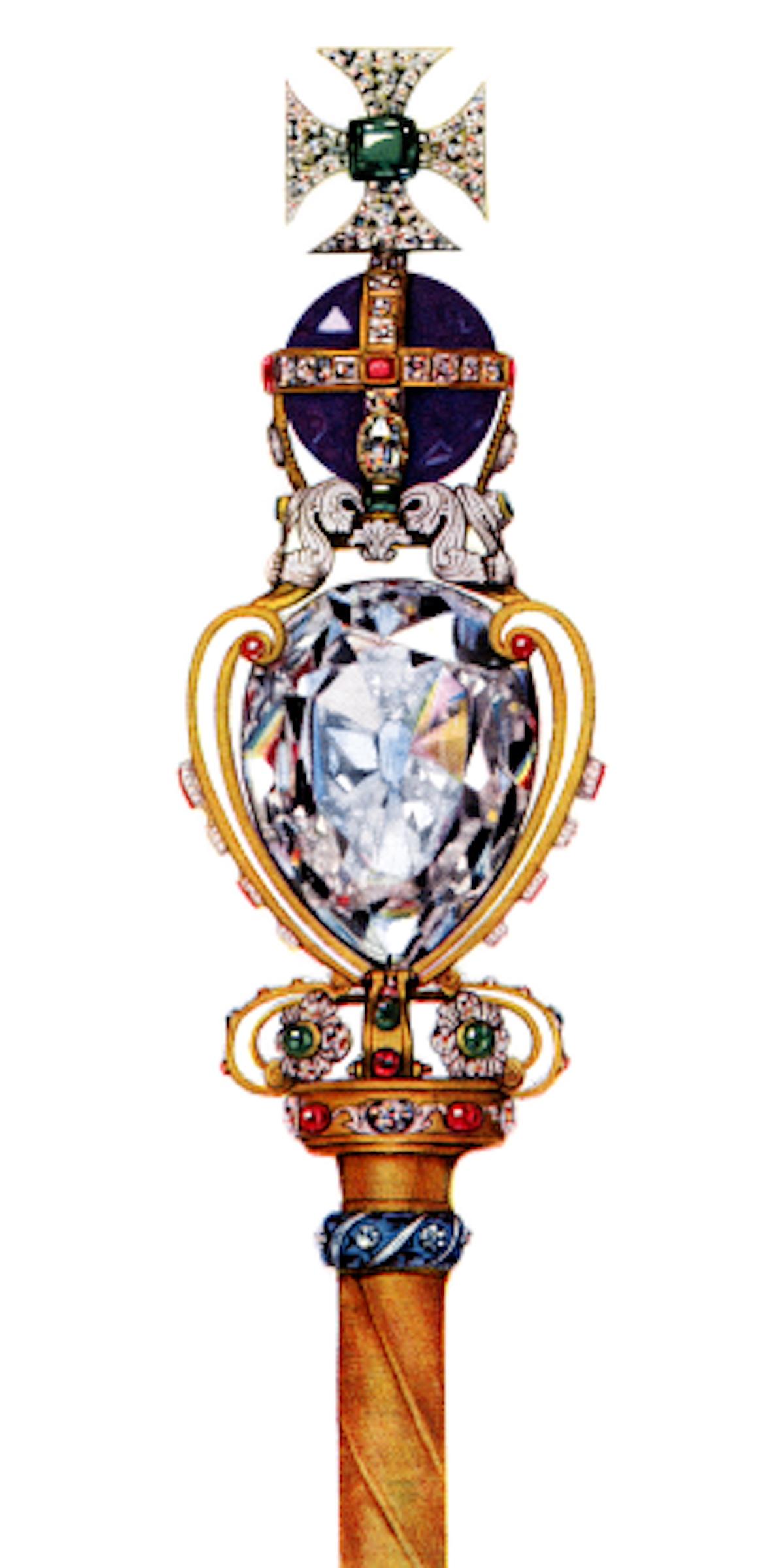The return of the diamond would be an act of justice and cultural restitution. These demands stem from a broader global conversation surrounding the restitution of cultural artifacts and treasures acquired through colonization (think Benin Bronzes or almost anything in the British Museum). Returning these types of artifacts serve as a step toward healing historical wounds and acknowledging the importance of preserving heritage in its rightful context.
Mothusi Kamanga, a lawyer and activist in Johannesburg who has promoted an online petition said in a quote to CNN, “The diamond needs to come to South Africa. It needs to be a sign of our pride, our heritage, our culture.” Kamanga, whose petition has gathered about 8,000 signatures, continued, “I think generally the African people are starting to realize that to decolonize is not just to let people have certain freedoms, but it’s also to take back what has been expropriated from us.”





























![DEl Kathryn Barton [Australian b. 1972] the more than human love , 2025 Acrylic on French linen 78 3/4 x 137 3/4 inches 200 x 350 cm Framed dimensions: 79 7/8 x 139 inches 203 x 353 cm](/sites/default/files/styles/image_5_column/public/ab15211bartonthe-more-human-lovelg.jpg?itok=wW_Qrve3)